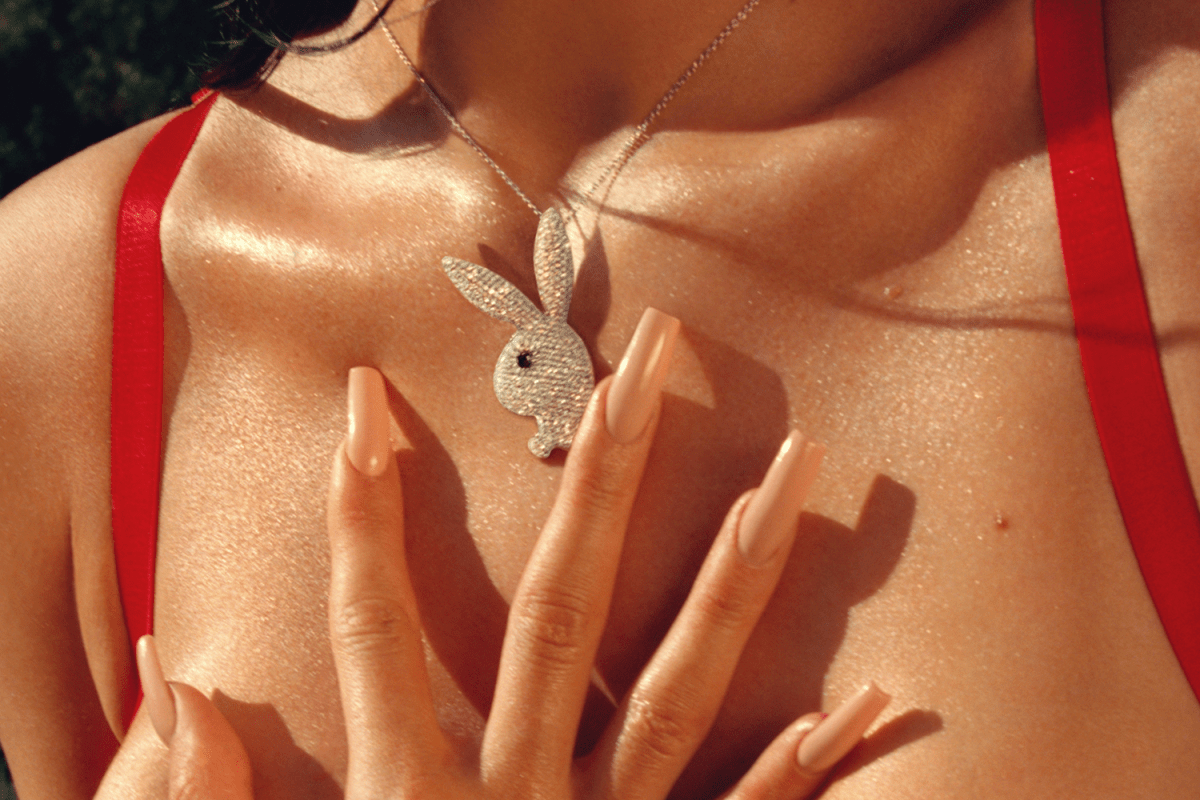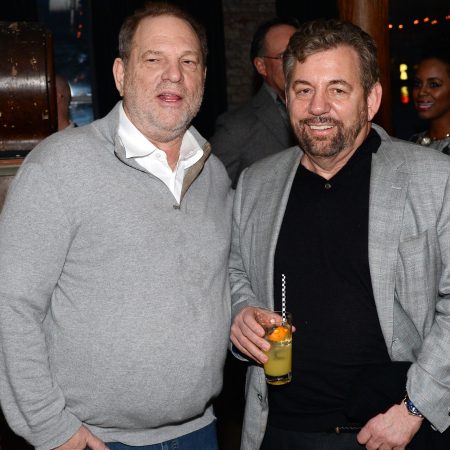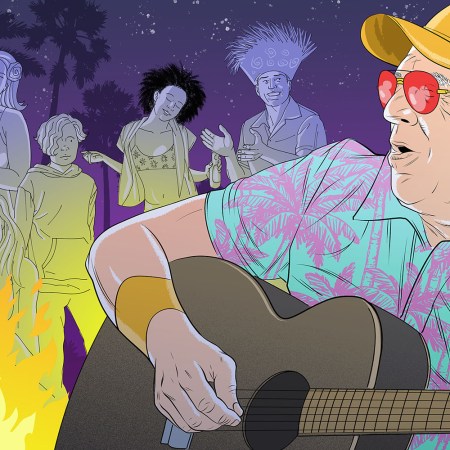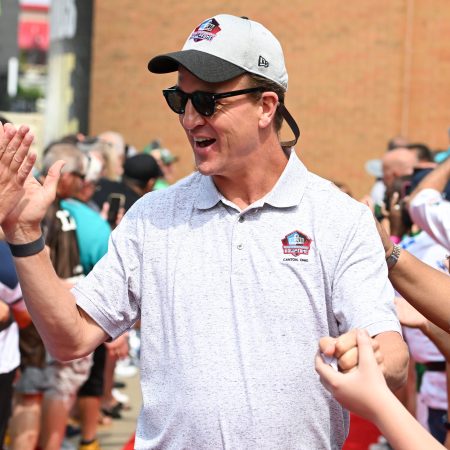“People have been upset about nude women for years.”
That’s what Mike Edison, who has a knack for stating the obvious, has to say. The author of Dirty! Dirty! Dirty! Of Playboys, Pigs, and Penthouse Paupers, Edison literally wrote the book on nude women and the exact ways people have been upset about them ever since a naked Marilyn Monroe first graced the pages of Playboy back in 1953.
Flash-forward several decades and a few waves of feminism, and people are still upset about naked women, but often in new and increasingly nuanced ways. These days, the moral outrage publications like Playboy and its racier ilk have long weathered has been augmented by a more liberal-minded brand of criticism: What place, if any, do fading empires built on the backs of nude women and their male gazers deserve in the Me Too era?
That verbiage — “in the Me Too era” — has become a convenient if ill-defined and ultimately lazy way of referring to today’s fraught sexual climate, which has left people across political and ideological spectrums struggling to find their footing in a society in which unprecedented opportunities for sexual liberation, positivity and representation are increasingly plagued by very negative and violent sexual realities.
As Playboy’s executive editor, Shane Michael Singh, tells InsideHook, “It’s an era of simultaneous sexual freedom and panic.” When people question what we can and can’t do, or what can and can’t survive “in the Me Too era,” what they’re really asking is whether we can continue to celebrate sex and sexuality in a world that has so long exploited it for patriarchal benefit.
In keeping with the magazine’s sometimes overlooked history of progressivism — which began but certainly didn’t end with sexual liberation — Playboy has an answer. That answer comes in the form of a revised and relaunched structure and editorial strategy, which the New York Times, with only a hint of skepticism, has called “a newer, woke-er, more inclusive Playboy.” The new revision, one of many but perhaps the most significant the magazine has seen in recent years, reflects a complete editorial and artistic overhaul helmed — for the first time in the magazine’s history — by a young, Hefnerless, and largely female creative team.
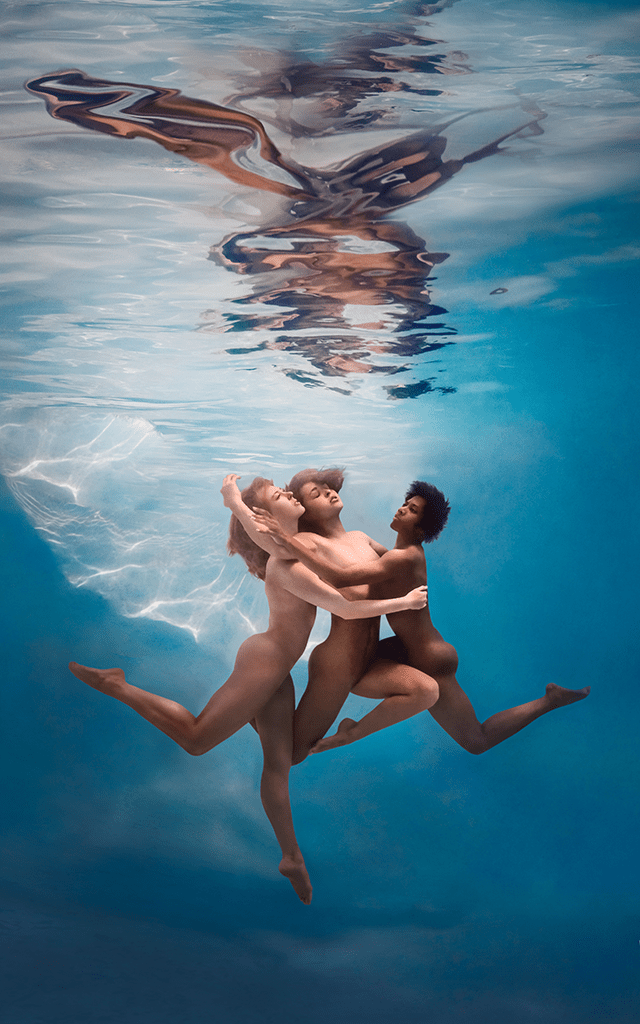
The result is a quarterly ad-free magazine in which interviews with democratic candidates and editorials examining the importance of due process in Title IX cases are printed on thick-stock pages alongside nude pictorials of a more artistic and perhaps more thoughtful nature than the leering centerfold gazers of yore might expect.
“We pay close attention to conversations about nudity in today’s culture and consider those dialogues as we think through how nudity can be a medium for exploring protest, free expression, individuality, sexual freedom, rebellion and equality,” Singh says. The cover of the magazine’s summer issue was created by fine art photographer Ed Freeman, whose underwater shoot features three female activists who have lent their support to causes like HIV awareness and ocean conservation.
While the magazine’s newest iteration doesn’t bear much resemblance to Hugh Hefner’s nearly 70-year-old creation at first blush, so-called “woke Playboy” is in many ways a modern-day revision of the ideological tenets that, according to Playboy supporters, have always underscored the ethos Hefner once dubbed “the Playboy Philosophy.”
Related: What It’s Like to Attend a Poetry Reading at the Playboy Club
“Playboy has always intrigued a wide range of readers — gay or straight, male or female, conservative or liberal, black, brown or white,” Singh points out. “That’s because our core values — an appreciation of equality, freedom of speech, gender and sexuality, and pleasure — are universal values.”
Let’s Talk About Sex
“We live in a time where people are afraid to talk about sex. That’s heartbreaking,” says Edison. “One good thing about Playboy,” he tells InsideHook, “obviously it comes with some baggage — but it did open the conversation.”
That’s a conversation Playboy seems determined to continue, not in spite of, but rather because of the fraught sexual climate in the wake of the Me Too era.
“While the sexual landscape may be fraught and tense, consumers are hungry for answers — and answers they can trust,” Singh tells InsideHook. “We address our current climate’s sexual tensions not by ignoring the uncomfortable realities, but by confronting them head-on.”
While Playboy critics often question the brand’s relevance and/or appropriateness in a post-Me Too world, such as those who called the 2018 reopening of the Manhattan Playboy Club “tone deaf,” Edison points out that such criticism relies on an ultimately tenuous link between print erotica and sexual violence.
“I don’t believe that talking about sex or looking at a naked model contributes to non-consensual behavior,” he says. “That connection just doesn’t exist for me.” Fortunately, it doesn’t exist for the creative team behind the latest iteration of Playboy, either.
The women (and men) we photograph — and who take the photographs — have agency over the art they’re creating.
“At Playboy, we recognize that being sex-positive means an individual has the right to explore their sexuality however they’d like, without judgment or regulation, as long as it is consensual,” says Singh.
That culture of consent extends to the magazine’s pictorials as well. In the Times’ August feature, Singh described Playboy’s approach to what he called consensual objectification. “I think objectification removes the agency of the subject. Consensual objectification is the idea of someone feeling good about themselves and wanting someone to look at them,” he explained.
“That’s the key,” he tells InsideHook. “The women (and men) we photograph — and who take the photographs — have agency over the art they’re creating.”
What Playboy’s consensual objectification proves is that sex can still be celebrated not just despite, but as a crucial reaction against the ways in which it has been exploited.
“Awful creeps like the Harvey Weinsteins of the world — he didn’t do that because he read Playboy, or Hustler, or Penthouse,” says Edison. “Eliminating the ugliness of this awful, patriarchal, misogynist bullshit doesn’t mean throw the baby out with the bathwater.”
Beyond the Bunny
While Playboy, true to form, has taken an evolutionary lead in the new era of adult mags, it’s not the only publication of its kind to address and adapt to today’s shifting sexual attitudes.
In fact, the magazine’s recent push toward more artistic photography resembles the nude photoshoots that have always graced the thick, glossy pages of Treats!, a fine arts quarterly that was already being hailed as a “modern gentlemen’s magazine” before Playboy even set out on the reinvention project that began with the short-lived decision to drop nudity before reintroducing it in 2017.
“I always try to portray my models artistically,” Treats! founder Steve Shaw said in a 2015 interview with HighSnobiety. “I’m not looking at them physically or sexually — it’s more creatively.”
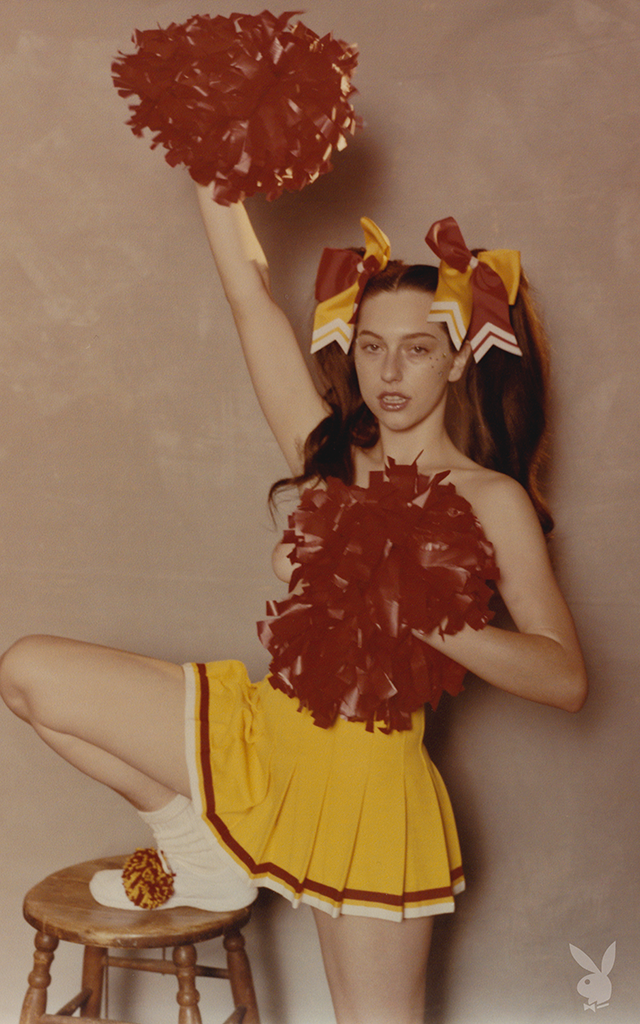
Today, Shaw maintains that the key to artistic nudity is context. “It all depends on how the nudity is presented,” he tells InsideHook. “I don’t consider Treats! sexual. It is sensual,” he adds. “If you do sexual right, it becomes sensual. It involves a creative and trusting relationship between the photographer and model.”
According to Shaw, however, Playboy and Treats! don’t have much in common. “The only reference is there is nudity, we just do it in a more sophisticated and artistic way,” he says, adding that raunchier flesh mags like Penthouse and Hustler “have far outlived their usefulness.”
Even those racier Playboy successors, however, have made some moves toward a more progressive image in recent years. Under newly-tapped executive editor and White Lung frontwoman Mish Barber-Way, Penthouse is making its own shift to appeal to a younger, more socially conscious audience.
“The goal is smart, high/low content that confronts the culture war while also being able to laugh at the world and, more importantly, ourselves,” Barber-Way told Riot Fest this past March after the launch of Penthouse’s new digital platform.
Like Singh, Barber-Way also feels moved to defend sexual representation and free speech against a growing culture of conservatism. “We’re in a really interesting time right now, because I feel like there’s this really puritanical, Victorian way of looking at sex and sexual interaction that’s coming in,” she told Culture Creator in 2018. “But it’s also in conjunction with this overexposed ‘sex sex sex’ in our face all the time. There’s this clash there.”
Related: The 100 Best Independent Magazines You’ve Probably Never Heard Of
While Barber-Way may be less interested in navigating the ideological implications of that clash than the creative team at Playboy — “I think when people try and over-analyze it and dig too deep in it, then it starts to get so complicated and then it isn’t what it was supposed to be anymore,” Barber-Way added on the Culture Creator podcast — she certainly isn’t afraid of getting in the middle of it. “I’m not worried about offending anyone,” she said in the same interview. “That was the whole premise behind Penthouse and Hustler: you’re already offending someone who’s uptight with the fact that there’s sex in this magazine, so why worry about everything else, you know?”
Even Hustler, by far the most unapologetically low-brow of Playboy‘s disciples, can’t help but speak out against the conservative powers that be. Back in 2017, Hustler founder Larry Flynt took to Twitter to offer a dubious $10 million bounty on information leading to the impeachment of Donald Trump. More recently, the magazine has sprinkled progressive editorials asking if “socialism will save us” and if “the war on drugs is finally over” in between the traditional hardcore pictorials Edison calls “borderline gynecological.”
Meanwhile, the industry isn’t just blowing the dust off mid-century titles and refashioning them for a millennial audience. Cooper Hefner, who exited Playboy earlier this year, has announced plans to launch a brand new media platform, which, as he told CNN, will provide thoughtful lifestyle content and journalistic integrity alongside “healthy adult content.” Originally announced as “Hefpost,” the as-yet-unreleased platform appears to have rebranded as “Stag Daily,” based on a link to what seems to be a largely inactive Twitter account in Hefner’s own Twitter bio.
What these relaunches, revisions and new endeavors suggest is that even faced with the exposed underside of dark sexuality in America, a brave new generation of thoughtful, conscientious and consensual sexual celebration is on the horizon. We can toss aside the sordid residue from a bygone era of overt sexuality, yes — but that doesn’t mean we have to throw Playboy out with the bathwater.
This article was featured in the InsideHook newsletter. Sign up now.
